Segue Sustainable Infrastructure (Segue) is an investment firm that provides development capital to renewable energy projects and the infrastructure enabling them. They offer capital to cover critical activities prior to construction and permanent financing, such as site origination, engineering, interconnection, permitting, and offtake. This capital is typically structured as project equity, which means that Segue is an owner in the project in partnership with the developer. Segue and its developer partners make money by monetizing assets after the lender company has reached certain de-risking milestones in the development cycle.
I connected with Kristina Shih and Nicolas Ilg, Partner and Associate, respectively, to dive deeper into development capital.
Who is eligible?
KS/NI: Segue was formed to support developers in need of capital to turn their ideas into power plants/energy infrastructure. As an investment team with deep experience in developing and financing renewable energy projects ourselves, we look to partner with developers who have similar mindsets and approaches to evaluating risk and creating value.What is the use of this capital?
KS/NI: Segue’s capital primarily funds core activities that are critical to developing financeable renewable energy assets (i.e. site control, environmental/permitting, interconnection, engineering, offtake, etc.)
When should startups come to you and why?
KS/NI: Developers typically come to us when they are looking for alternative sources of capital to supplement seed funding. They are usually at the stage of their business where they do not have the balance sheet to access corporate debt, and their projects are too early-stage/high risk for asset lenders to provide debt financing. A feature of our offering is that it is usually non-dilutive and non-recourse – we provide development capital at the asset-level in the form of preferred equity, so we are wearing the same risk as our developer partners and taking little/no corporate equity.
What is the process like?
KS/NI: Our underwriting process involves getting to know the founding team and really understanding the nuts and bolts of their market strategy. We’re laying the groundwork for establishing a long-term partnership, so the early conversations revolve around building mutual trust and understanding how developers mitigate risk and handle difficult decisions based on limited information. We evaluate an indicative budget for the strategy as a roadmap for how we plan to utilize the development capital facility and glean a lot about a developer’s experience and skills set through this lens.
What is the fee structure like? What is the cost of capital? How should startups think about pricing? What are the additional terms that are noteworthy?
KS/NI: As a private equity fund, Segue’s business model is set up to take on development risk, and we primarily do so by investing in portfolios with a preferred equity structure. We aren’t targeting our returns based on an Internal Rate of Return (IRR) but rather on a Multiple on Invested Capital. We don’t make money off of fees or take liens on the company, so our capital is expensive because we wear the same development risk as our partners, and are economically aligned to make prudent decisions to maximize value. In other words, we are aligned to help grow the “pie” and not just take a pre-wired portion of a fixed “pie”. We get asked all the time what is our cost of capital, and Segue’s Managing Partner, Dave Riester, has written an excellent piece to help developers think about this question. The punchline is that the cost of capital i) depends on the probability and magnitude of risk for the strategy and ii) developers should also prioritize other important considerations when selecting a capital partner, including economic alignment, showing up with money when you need it, riding through the inevitable ups and downs of development, and supporting a successful exit/monetization strategy.
What are the pros/cons?
KS/NI: To sum up the pros mentioned above:
– Economically aligned capital partner
– Certainty of execution
– Investment team with front-line development and M&A experience to support our partners
– Non-dilutive and non-recourse capital structure
Con
– Our capital is more “expensive” compared to late-stage development loans, but we are partnering up with developers in the earlier innings of the project lifecycle and will even underwrite a go-to-market strategy for assets that don’t yet exist. Developers tend to over-optimize for perceived cost of capital, failing to appreciate that “development capital” covers a huge slug of the risk spectrum. Our most mutually-fruitful relationships are with developers who appreciate that no two portfolios/scenarios are the same, and that we wouldn’t occupy the market position we do if we were constantly demanding excessive returns for the risks we’re taking. We’re a good match for folks who are ready to bet on themselves, but realistic about the risks and probabilities – the ups and downs – that inevitably lie ahead.

